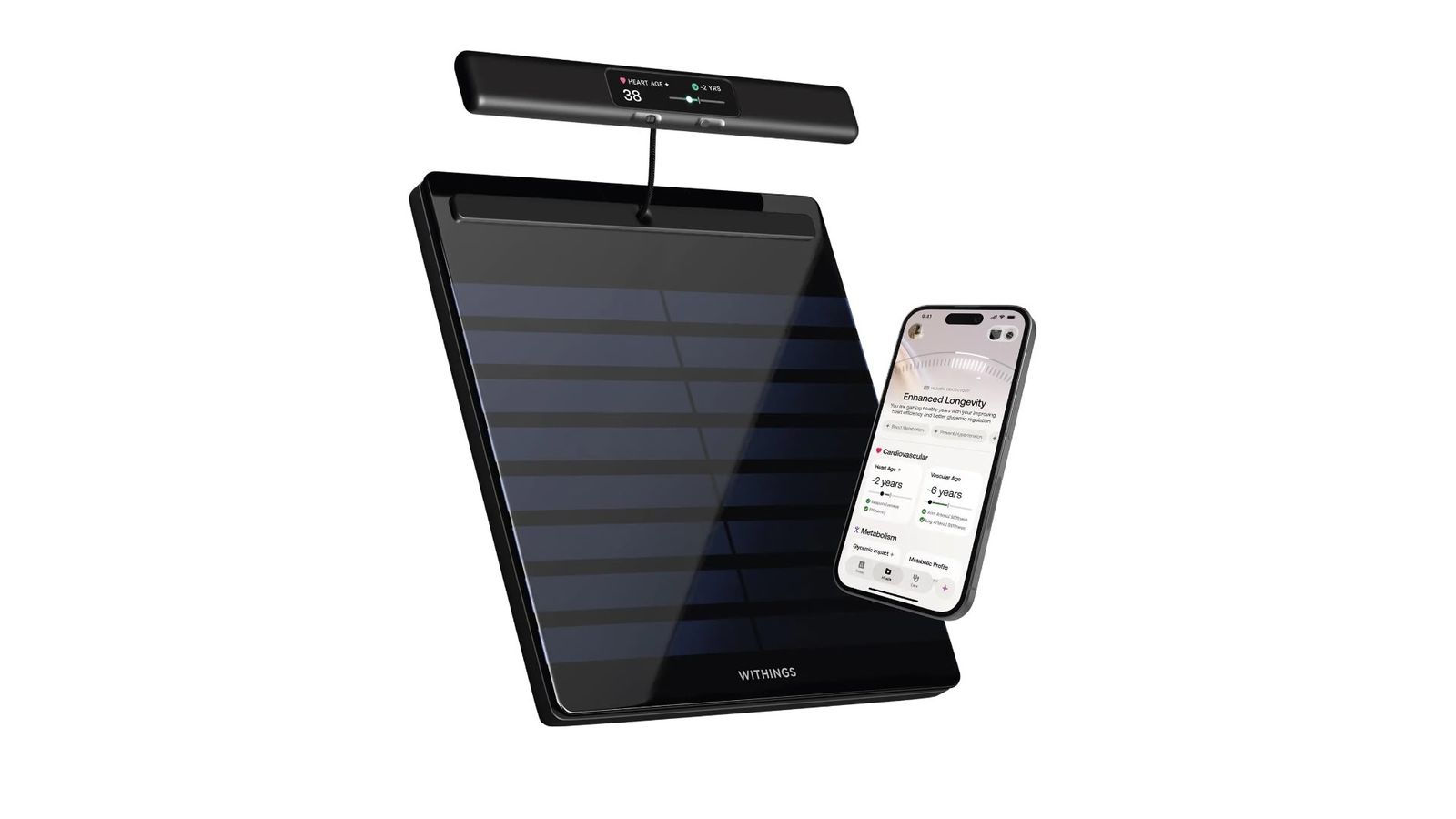
While both the Xbox Series X and PS5 are excellent consoles, that still hasn't stopped fanboys online from debating over which is best. Well, with a new update that hit both Xbox Series X and Xbox Series S, it seems that the technical advantage remains in Microsoft's corner.
In an Xbox news post, Microsoft announced that Dolby Vision support is now available on both Xbox Series consoles, giving gamers better visual fidelity though supported televisions. While the PS5 supports HDR, the inclusion of Dolby Vision does give Xbox a slight advantage in colors and pop.
- Xbox Series X review
- These are the best Xbox Series X games
- Plus: Windows 11: What it means for gamers
At the moment, over 100 "next-gen" HDR titles have been or will be optimized for Dolby Vision. Additionally, classic titles that have been mastered in HDR10 will gain from Dolby Vision. And older titles that benefit from Auto HDR implementation, which adds HDR via software, will too see a Dolby Vision boost.
For the uninitiated, Dolby Vision is an HDR (high dynamic range) format that brings added color and depth over standard definition content. While HDR is a free and open standard, Dolby Vision is owned by Dolby.
The main difference between HDR10 and Dolby Vision is the potential amount of colors each can offer.
Standard definition content, such as what can be outputted by the upcoming Nintendo Switch OLED, supports 8-bit color depth. This means it can produce 16 million colors. HDR is 10-bit, which bumps the number of available colors to over two billion. Dolby Vision, on the other hand, is 12-bit, meaning it can potentially output 68.7 billion colors.
According to a rundown from Display Ninja, 12-bit panels don't yet exist, meaning that at the moment, Dolby Vision downsamples its colors to 10-bit. What this means is that even on our best TV list, featuring televisions costing over $2,500, Dolby Vision will net only a very slight improvement over HDR10.
Get instant access to breaking news, the hottest reviews, great deals and helpful tips.
But Dolby Vision does support dynamic metadata, which can adjust the image as frames load in. Dolby Vision can also differentiate between specular highlights better than HDR, preventing bright objects from looking blown out. This video by HDTVTest does a great job in comparing the two on an Xbox Series X and an LG C1 OLED TV. Granted, the HDTVTest video was made in August, before the latest update, meaning that Dolby Vision has trouble outputting at 4K.
While Microsoft is touting Dolby Vision support as taking Xbox gameplay to the next level, in reality it likely won't look markedly different from prior HDR implementation. At the very least, Dolby Vision is compatible with Raytracing, automatic low-latency mode, Variable Refresh Rate (VRR) and 120fps gameplay.
To check and see if your TV supports Dolby Vision, head on over to the Settings menu on your Xbox Series X, then select General, then TV & display options then 4K TV details. You may need to enable Dolby Vision output in your TV settings, or use a specific HDMI input to support Dolby Vision content from the console.
Most mid-to-high end TV's from 2020 onward support Dolby Vision. A handful of 2019 televisions, like the LG C9, support Dolby Vision as well. If you're unsure of whether your TV supports Dolby Vision, or are considering upgrading to a set that does, check out our TV reviews, which include HDR format support (including Dolby Vision) in the product specs.
Weirdly, Sony has not implemented Dolby Vision, selecting to go with the open HDR standard. The PS5 doesn't support Dolby Atmos audio either, instead opting to use its own 3D audio.

Imad is currently Senior Google and Internet Culture reporter for CNET, but until recently was News Editor at Tom's Guide. Hailing from Texas, Imad started his journalism career in 2013 and has amassed bylines with the New York Times, the Washington Post, ESPN, Wired and Men's Health Magazine, among others. Outside of work, you can find him sitting blankly in front of a Word document trying desperately to write the first pages of a new book.

